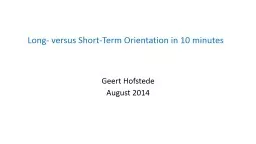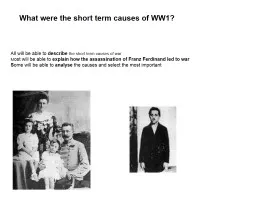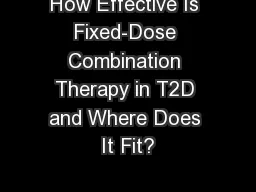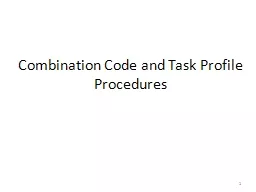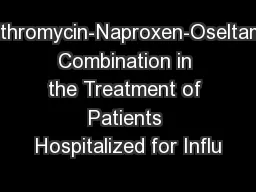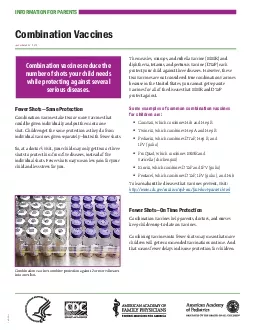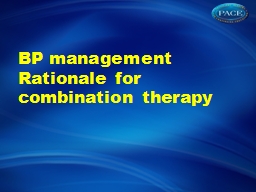PPT-Short-Term Evaluation of Combination
Author : stefany-barnette | Published Date : 2018-07-04
Dexamethasone Ranibizumab vs Ranibizumab Alone for Persistent CentralInvolved DME Following AntiVEGF Therapy DRCRnet Protocol U Background After at least 6
Presentation Embed Code
Download Presentation
Download Presentation The PPT/PDF document "Short-Term Evaluation of Combination" is the property of its rightful owner. Permission is granted to download and print the materials on this website for personal, non-commercial use only, and to display it on your personal computer provided you do not modify the materials and that you retain all copyright notices contained in the materials. By downloading content from our website, you accept the terms of this agreement.
Short-Term Evaluation of Combination: Transcript
Download Rules Of Document
"Short-Term Evaluation of Combination"The content belongs to its owner. You may download and print it for personal use, without modification, and keep all copyright notices. By downloading, you agree to these terms.
Related Documents



